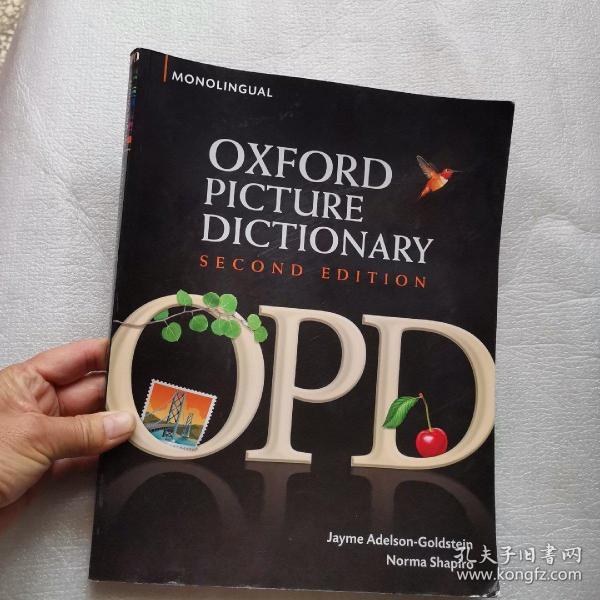

My students LOVE this latest version (which has a black not blue cover and is much thicker.) In smaller less structured classes, I'll actually let them pick out chapters then base the grammar lesson I was going to teach on that theme and topic, that way insuring personal relevence. Suddenly however, they seem to have caught on.
#MONOLINGUAL THE OXFORD PICTURE DICTIONARY FREE#
As an English teacher I used to get free copies of it, but I'd actually go out and buy other versions because it wasn't as topical as Word By Word. There was a time when I wasn't very impressed by the Oxford Picture Dictionary, especially compared to the WORD BY WORD Picture Dictionary.

I can not find any words to explain how much I like the graphical illustrations in this book!In m

I had the chance to see them all together and refresh my mind very easily. The related verbs were the things I learned once, but since I have not used them at all, I just forgot. But a picture is worth a thousand words! Now, I know what they mean.Yet another topic, 'Symptoms and Injuries', besides many words which I already knew, like headache, toothache, etc, contains some others that I heard for the first time. This is only topic one, and there are 139 more topics.Another topic which is about shoes and accessories, lists a number of words that might sound less familiar to a foreigner, for example sole, pumps, loafers, oxfords. And the corresponding explanations, with the verb in bold typeface, raise your hand, talk to the teacher, listen to a cassette, stand up, sit down/take a seat, point to the picture, write on the board, erase the board, open your book, close your book, take out your pencil, put away your pencil. On other pictures you will find the illustration of a list of verbs which are 'lettered' instead of numbered. On a very nice colorful picture which illustrates everything exeptionally well, you will see a number of 'numbers', which number the nouns, and below the picture you will see the corresponding names including: chalkboard, screen, student, overhead projector, teacher, desk, chair/seat, bookcase, globe, clock, cassette player, map, pencil sharpener, bulletin board, computer, chalk, pen, marker, pencil, textbook, workbook, binder/notebook, ruler, dictionary. Do this, and that, and then those.As the easiest example, of which we are all familiar, I will give the topic 'A classrom'. Especially the verbs, for each topic, are generally organised in a very logical manner and they describe most actions you might need to take in such a situation. But they just collect the related nouns and verbs together and give you a good chance to refresh your mind by seeing them all together. How will you describe the problem on the phone to the related companies? You will find the way in the corresponding topics.Some of the topics might be really very easy. Or suppose you need to stay in America for sometime and you have some household problems, for example the roof is leaking, or the wall is cracked, or the faucet is dripping. How would you describe the way you want your hair to be cut or arranged. Imagine yourself in a hairdresser in America. However, I believe this is not the real case. If you have studied English as a foreign language for several years, and put a mentionable number of words and verbs in your vocabulary in the fields that are related with your job and hobbies, you might at first think that this book will be too easy for you. The authors classify their book to be based on beginning and lower intermediate level English. The Oxford Picture Dictionary is one of the best books I have ever seen.


 0 kommentar(er)
0 kommentar(er)
